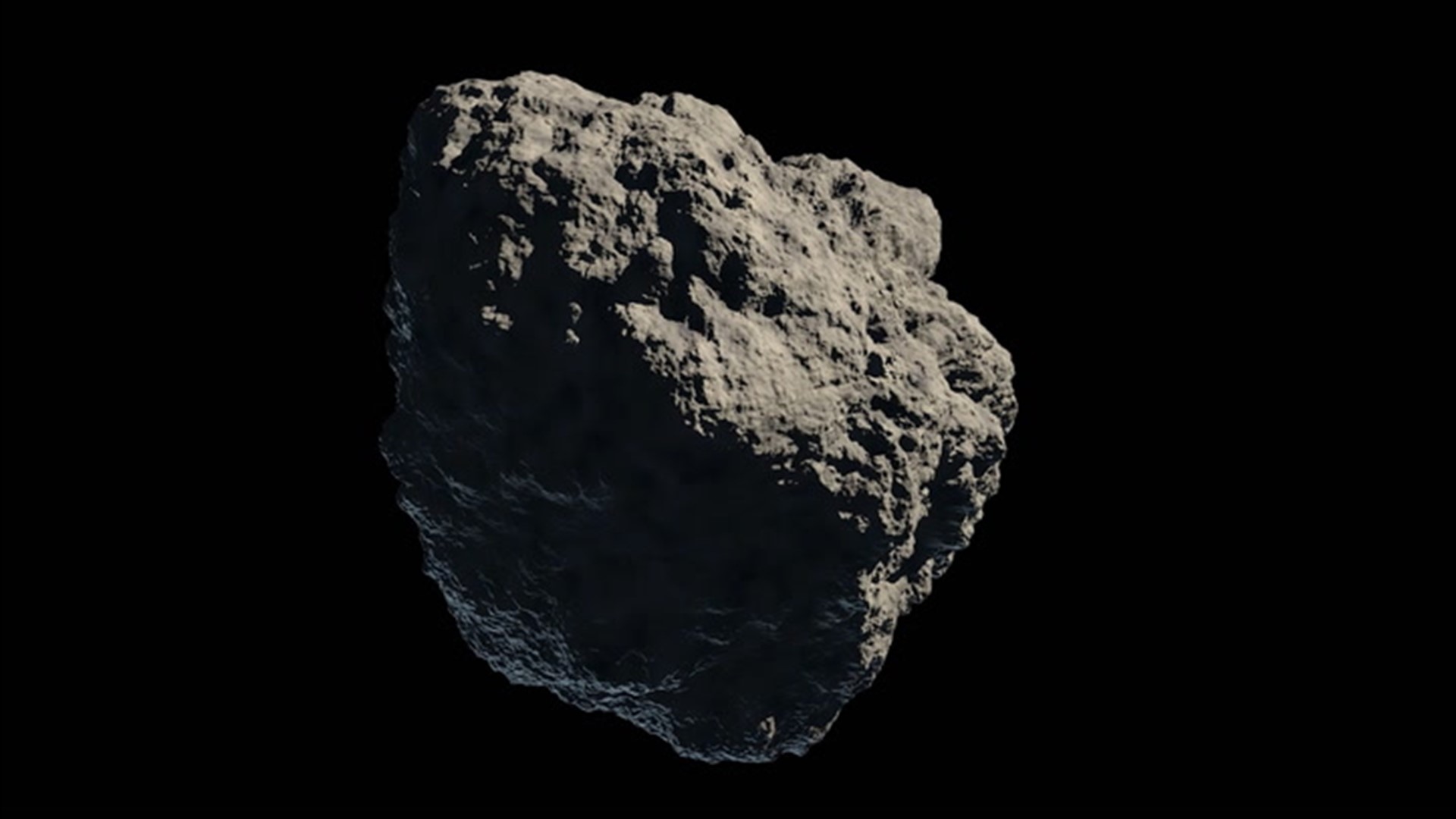


et al., The molecular composition of Comet C/2007 W1 (Boattini): Evidence of a peculiar outgassing and a rich chemistry. It operates with expanding coma atmospheres and temperatures lower than 300K, and accuratelyĬomputes photodissociation processes for parent and daugther species released in the coma.

Several spectral databases to compute line-by-line LTE fluxes. (1992).ĬEM incorporates excitation processes via non-LTE line-by-line fluorescence model at short wavelengths (employing GSFC databases), and ingests P., "GENLN2: A general line-by-line atmospheric transmittance and radiance model, Version 3.0 description and users guide", NCAR/TN-367-STR, National Center for Atmospheric Research, Boulder, Co. et al., Science, Volume 348, Issue 6231, pp. Have been validated and benchmarked with the accurate GENLN2 model (Edwards 1992). 2009), while the line-by-line calculations The scattering analysis is based on a Martian scattering model (Smith et al. Spectra via line-by-line calculations, and utilizes the efficient correlated-k method at moderate resolutions. PUMAS integrates the latest radiative-transfer methods and spectroscopic parameterizations, in order to compute high resolution PUMAS Planetary and Universal Model of Atmospheric Scattering In order to compute atmospheric transmittances and radiances, the molecular modules ingest the parameters defined in the "atmosphere" section and compute observable fluxes: The molecular calculation is performed separately by CEM from the surface fluxes, and later added to compute integrated fluxes. Intrinsically integrates and calculates the different flux contributions across the wavelength grid. By performing a layer-by-layer analysis, PUMAS The diagram shows the different components considered by the radiative transfer modules. The accurate and versatile PUMAS atmospheric/scattering model, and the cometary emission model (CEM).Ĭomponents of the PSG radiative transfer: This is achieved by integrating two core radiative-transfer models: With this online tool, we pursue to provide to the community an accurate and comprehensive (UV/Vis/IR/mm) planetary tool,Īllowing to synthesize realistic spectra for a broad range of objects (rocky planets, gas giants, icy bodies, TNOs, comets, exoplanets, etc.),Īnd assisting with the planning and execution of current and future NASA missions. 2013),Īnd a commercial internet facility (implements a small subset relevant to Earth/Mars science. There have been several attempts to quantify the differences between different packages (e.g., Alvarado et al. Listing dozens of packages and their capabilities (wavelength range, geometry, scattering, polarization, accessibility/licensing, etc.). For instance at the internet encyclopedia (Wikipedia), there is an entry for "Atmospheric radiative transfer codes", There are numerous available radiative transfer models, yet these packages typically require complex installation and compilation proceduresįor them to operate, and they are particularly restrictive in operational scope (e.g., planet, type of atmosphere/surface) and wavelength


 0 kommentar(er)
0 kommentar(er)
